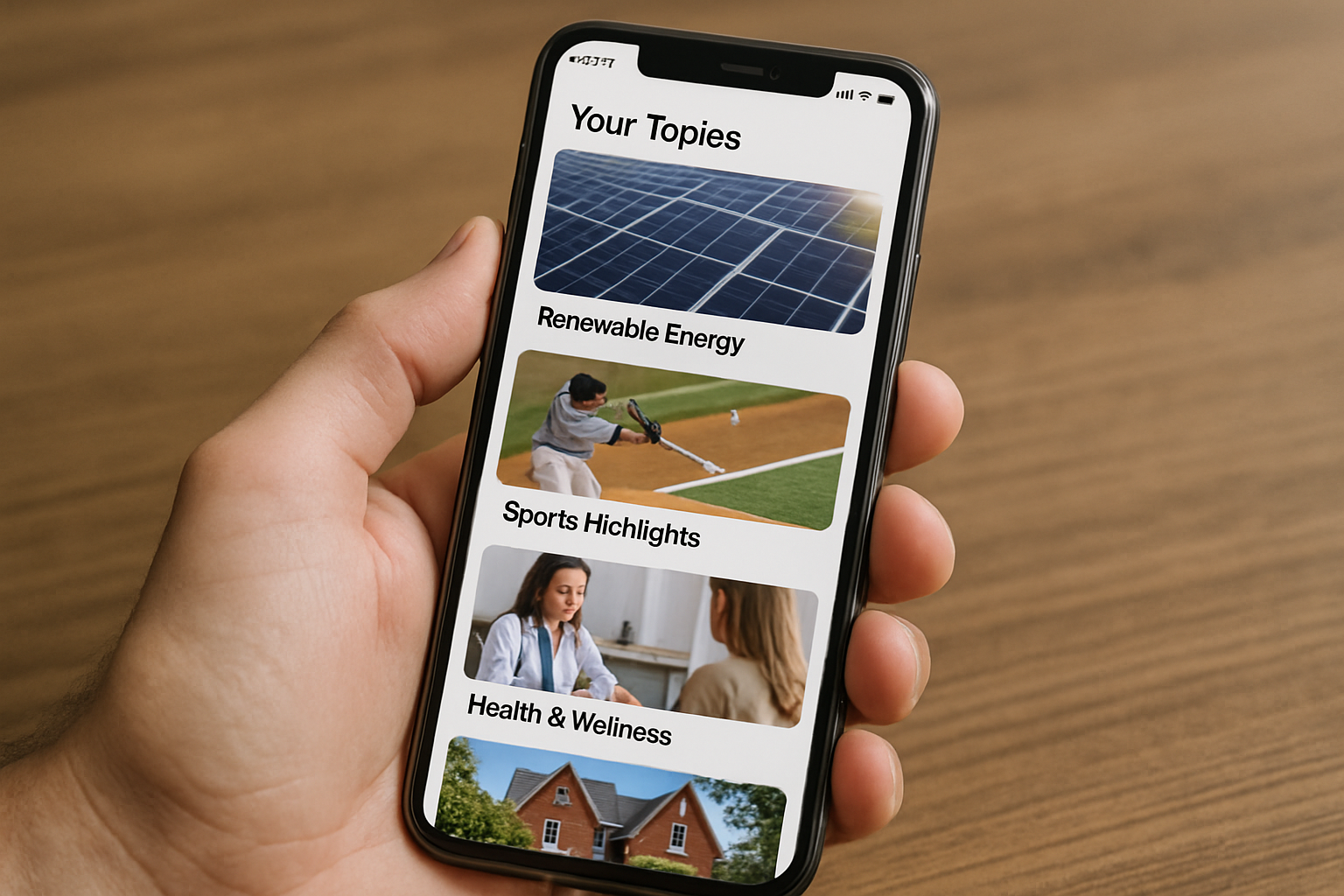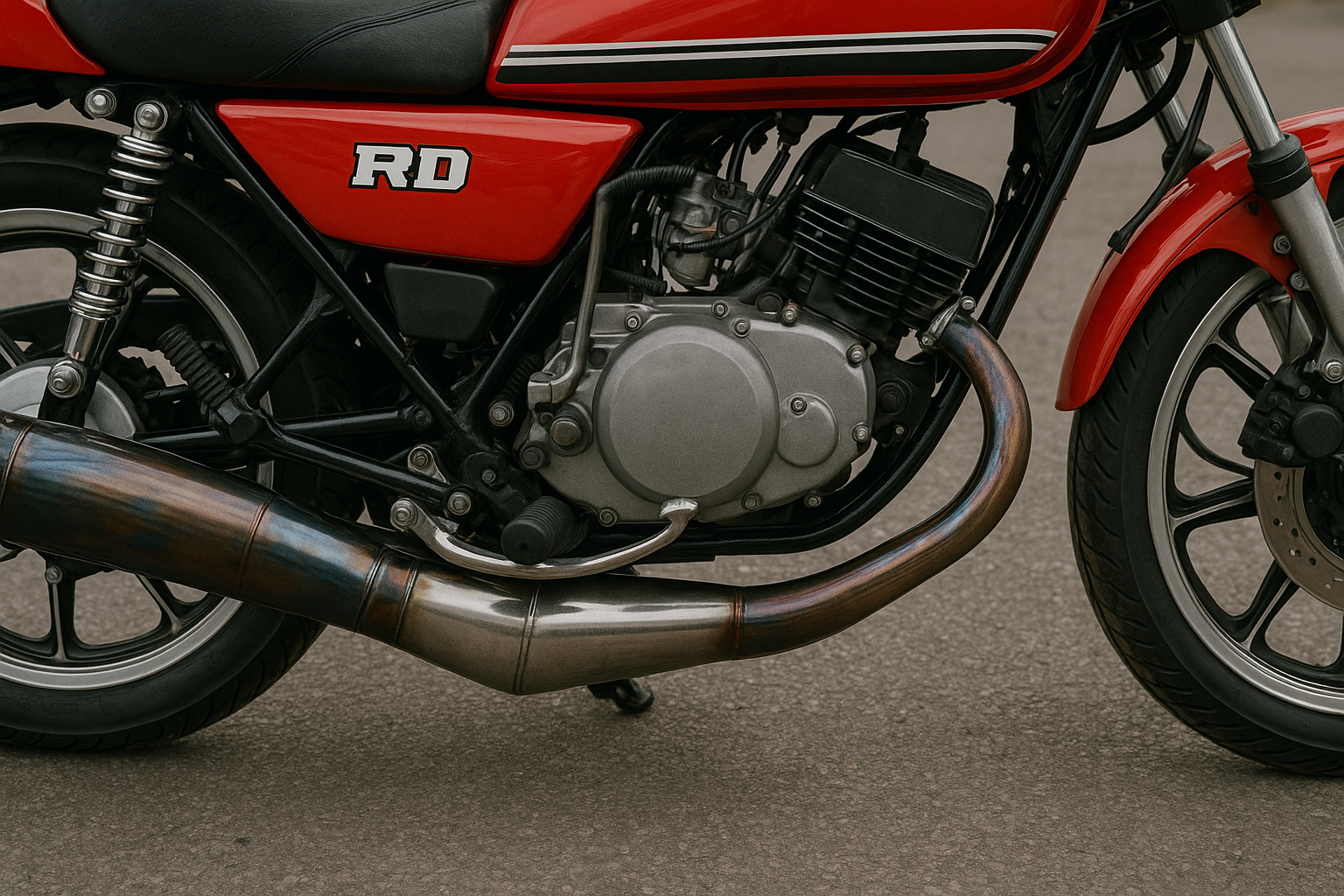Design trends come and go, but some live on in memory long after they’ve faded from mainstream use. One such style is Frutiger Aero, an aesthetic that shaped digital and corporate visuals in the late 1990s and 2000s. While today’s design often favors flat minimalism, many people feel a wave of nostalgia for the glossy gradients, organic forms, and futuristic optimism that once dominated screens and branding. In this article, we’ll unpack the history, characteristics, cultural influence, and nostalgic revival of the Frutiger Aero style.
What Is Frutiger Aero?
Frutiger Aero is a design aesthetic that flourished from the mid-1990s into the early 2010s. Its name comes from the widespread use of the Frutiger font family combined with sleek, aerodynamic design choices inspired by technology, aviation, and futurism. It was most recognizable in corporate logos, tech packaging, airline branding, and digital user interfaces.
The style reflected a moment in time when digital progress felt boundless. Companies used Frutiger Aero to signal innovation, reliability, and a smooth transition into a digital future. Today, it’s remembered as a visual time capsule for the optimism of the internet and global connectivity.
The Origins of Frutiger Aero
The roots of Frutiger Aero can be traced to the humanist sans-serif Frutiger typeface, designed by Swiss typographer Adrian Frutiger in 1976. Initially created for signage at Charles de Gaulle Airport in Paris, the font was praised for being both legible and modern. Its clean yet approachable look made it a perfect match for corporations entering the digital age.
By the late 1990s, businesses paired this typeface with aero-inspired visuals: glossy buttons, metallic finishes, blue-green gradients, and swooping abstract shapes. The design approach symbolized speed, connectivity, and streamlined efficiency—qualities that businesses wanted to associate with the emerging digital world.
Core Features of the Aesthetic
The Frutiger Aero aesthetic had several defining visual characteristics:
- Glossy Surfaces: Think of the reflective sheen on app icons, logos, and corporate websites.
- Blue and Green Gradients: These colors suggested freshness, trust, and environmental awareness while evoking the earth and sky.
- Curved Lines and Shapes: Avoiding sharp edges, the forms looked fluid, futuristic, and aerodynamic.
- Tech-inspired Motifs: Abstract swooshes, rings, and waveforms conveyed connectivity and movement.
- Frutiger Typeface: Clear, humanist, and modern, it gave text a sense of accessibility while maintaining professionalism.
Together, these elements created a polished, optimistic look that came to define an era of corporate and technological identity.
Where You Saw It Most
Frutiger Aero visuals appeared everywhere in the early 2000s. Airlines, car companies, and telecommunications brands often use it in their advertising and websites. Tech companies incorporated it into software splash screens, packaging, and promotional material. Even public institutions and government services adopted the style, associating it with reliability and forward-thinking.
Anyone who used a computer in the mid-2000s would have seen it in startup screens, CD-ROM packaging, or even school software. It became so common that it felt like the default language of “modern” design at the time.
Cultural Impact and Corporate Symbolism
At its peak, Frutiger Aero was more than just an aesthetic—it was a cultural symbol of global progress and digital optimism. Companies wanted to look futuristic but also human, professional but also friendly. The style bridged this gap by combining sleek surfaces with approachable typography.
This aesthetic also reflected the public mood. The late 1990s and early 2000s were marked by widespread optimism about the internet, environmental awareness, and global connectivity. The blue-green palette and flowing visuals resonated with these values, helping people associate brands with progress and trustworthiness.
Why the Nostalgia?
Design nostalgia often comes in cycles, and today, many people look back on Frutiger Aero with fondness. For millennials and early Gen Z, it recalls childhood and teenage years spent with early computers, video games, and iconic software interfaces. The style evokes memories of curiosity, discovery, and the optimism that surrounded digital technology before it became saturated with social media and constant connectivity.
In a world where minimalism dominates, Frutiger Aero’s layered complexity feels refreshingly rich. The nostalgia stems from both personal memories and the aesthetic’s representation of a more hopeful digital future.
The Shift to Flat Design
By the early 2010s, the Frutiger Aero look began to fade. Flat design rose to prominence, driven by companies like Apple and Microsoft. Instead of glossy buttons and gradients, flat design favored solid colors, clean lines, and simplified icons. The change reflected a desire for efficiency and adaptability across devices, especially smartphones.
As a result, the lush visual language of Frutiger Aero became “dated,” even though it had dominated for nearly two decades. However, its disappearance only deepened the sense of nostalgia for those who grew up with it.
The Modern Revival
Interestingly, there has been a growing online movement celebrating Frutiger Aero nostalgia. Digital communities share old logos, interface screenshots, and advertisements, re-creating the feeling of early 2000s optimism. Some designers experiment with bringing elements of the aesthetic back, blending glossy gradients and curved shapes with modern minimalism.
This revival highlights how aesthetics are tied not only to style but also to cultural mood. In uncertain times, many people long for the visual optimism that Frutiger Aero represented.
Lessons for Today’s Designers
Frutiger Aero teaches us several lessons about the relationship between design and culture:
- Design Reflects Mood: Visual styles are not just trends; they reflect broader cultural values and aspirations.
- Complexity Can Be Beautiful: While today’s minimalism is efficient, audiences still crave richness and texture in design.
- Nostalgia Is Powerful: Revisiting past aesthetics can inspire emotional connections and storytelling.
For modern designers, understanding the Frutiger Aero style is valuable not only for its history but also for its potential influence on future design cycles.
Why It Still Matters
Frutiger Aero still resonates because it captured a unique era when design was brimming with optimism, ambition, and futuristic energy. Even though the aesthetic has passed, it remains a visual shorthand for that moment in history. In many ways, revisiting it is less about the style itself and more about remembering what it represented: hope for a smooth, connected, and technologically advanced future.
By studying and appreciating this aesthetic, we gain insight into how design, culture, and technology continually shape and reshape each other.
Conclusion
Frutiger Aero nostalgia is not just about glossy surfaces and gradients—it’s about remembering the optimism of an era. The aesthetic defined a generation of branding, software, and digital culture, symbolizing a future that felt full of promise. Today, as minimalism reigns, people look back at Frutiger Aero as a reminder of design’s ability to inspire wonder and hope.
In the end, the story of Frutiger Aero is more than a history of style; it’s a reminder that design is emotional, cultural, and deeply tied to the spirit of its time.




